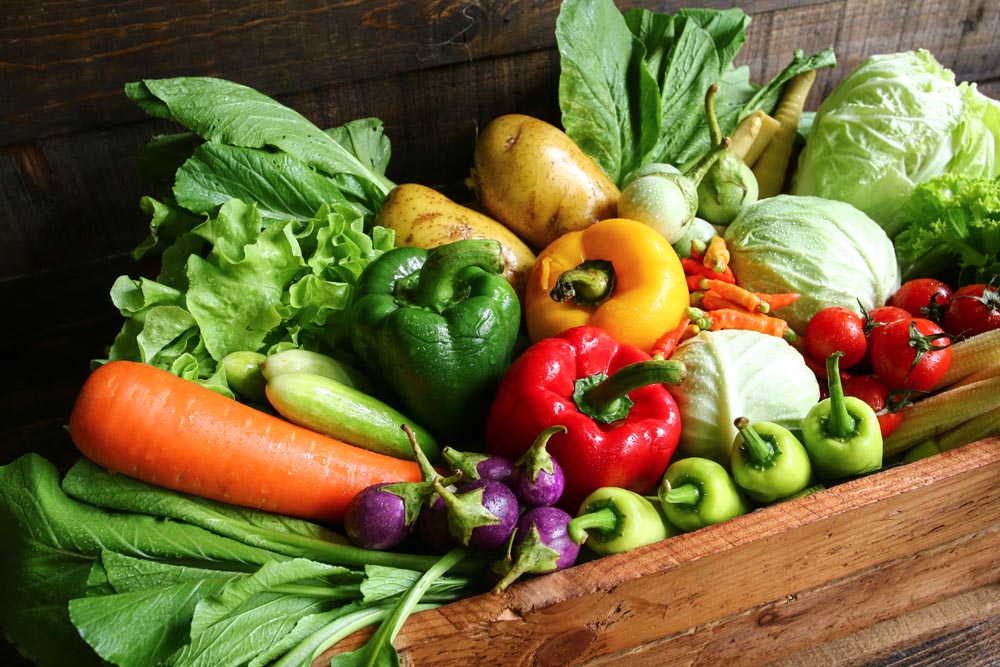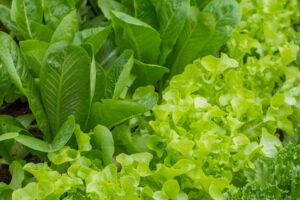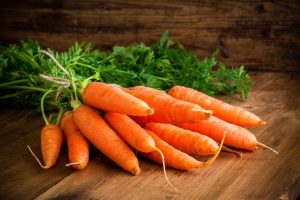

10 VEGGIE STORAGE, PREP & COOKING SECRETS TO IMPROVE YOUR HEALTH
Are you getting your five a day (veggies that is)? And your daily dose of all those vitamins, minerals like iron and calcium, plus phytonutrients? Or are your storage, prep and cooking methods removing too many nutritious goodies before they even reach your plate?
Here’s ten tips to maximise the health benefits of vegetables – and improve your wellbeing.
1. Soaking – save it for the bathroom
Washing fruit and vegetables can remove dirt and pesticide residue, but soaking isn’t a good idea because water-soluble nutrients can leach out. Once soaked, even if you use the water to cook, the food can’t reabsorb the lost nutrients.
If you need to prepare vegetables in advance, parboil then rinse under a cold tap. Some nutrients will still be lost, but less than soaking would do.
Cooking methods that don’t put vegetables in water, like steaming, microwaving, sautéing, and roasting, means you benefit from more nutritious vegetables. You may not realise, but you lose three-quarters of spinach’s phytonutrient content into the water after ten minutes of boiling.
2. Tear off your lettuce leaves

If you buy, or pick, a whole lettuce, tear off the leaves rather than store the whole head. You can have double the antioxidants by simply tearing off the leaves first because it triggers protective phytonutrients. Ideally, eat the greens within a day or two to maximise the nutrition benefits.
3. Chill – potatoes that is
Did you know that cooked potatoes, chilled for 24 hours, changes the starch from a high-glycaemic index veggie that can spike blood-sugar levels, to a type that is digested more slowly? Potato salad or chilled and reheated baked potatoes contain more fibre and fewer kilojoules. Such a simple way to improve gut health.
4. Delay cooking garlic after chopping
You will miss out on the strong antibacterial properties of allicin if you chop a clove of garlic and immediately add it to a hot pan, as the enzyme that creates allicin is quickly inactivated by heat. But letting chopped garlic sit for 10 minutes before cooking releases the enzyme, and your meal will contain the maximum amount of allicin. A garlic press is even better than chopping, as it releases more of the compounds that combine to create allicin.
Also try to avoid overcooking. Even two minutes in a hot pan or 60 seconds in the microwave reduces the allicin in just-chopped garlic to almost zero.
5. Don’t select fat-free dressing
Think you’re reducing kilojoules by using fat free dressing? Maybe, but we absorb more salad nutrients when we prepare them with fat – the right type of fat. Pulling a fat free dressing off the supermarket shelf may seem an easy option, but many of these dressings use a fatty substance called lecithin, but extra virgin olive oil is best as it contains the most phytonutrients.
You also get more nutritional benefit from green leafy vegetables either by briefly stir-frying them in oil or serving with a home-made dressing using olive oil. The lutein and zeaxanthin nutrients – carotenoids – in green leafy vegetables are vital for eye health, so serving them with a little of the ‘good fats’ will help their absorption.
Having a little oil with veg may also increase the absorption of fat-soluble vitamins such as vitamins A, D, E and K.
6. Frozen can be better than fresh
You probably know that nutrient levels drop quickly once fruit and vegetables are picked. Vegetables can lose up to 40 per cent of their folic acid, zinc and vitamin C in just two days.
Because frozen fruit and veggies are usually chilled within hours of being picked, locking in their nutrients and cancer-fighting antioxidants, sometimes frozen is better than fresh. Especially when you consider how long it can take to pick, transport, store then sell from a supermarket or fruit shop.
But if you can grow veggies or salad greens at home, then pick just before you need them, you maximise the nutrition benefits.
7. Cook your tomatoes
And the longer you cook, the better. Heat changes the antioxidant lycopene in tomatoes into a more readily absorbable form. So canned tomatoes are much higher in phytonutrients; and tomato paste, being more concentrated, is even better. Lycopene has been recognised as protective against prostate cancer, so a more readily available and biologically active way of getting more is ideal.
And research shows cooking fibrous vegetables, like carrots and parsnips, releases more beta-carotene (a nutrient the body converts to vitamin A, essential for healthy vision, skin and immunity).
8. Canned beans rich in antioxidants
Did you know that dried beans are some of the most phytonutrient-rich foods, but canned have more antioxidants? But if you cook dried beans, let them remain in the liquid for an hour afterwards to reabsorb some of the nutrients. Alternatively, use a pressure cooker; one study found that beans in a pressure cooker had more antioxidants than those cooked using other methods.
9. Keep it whole

It may seem convenient to pick up a bag of chopped carrots or broccoli florets, but it will be less nutritious than buying whole carrots or a head of broccoli. Antioxidants and other phytonutrients start to break down as soon as they are exposed to light and air – you see this oxidation process with sliced apples.
One study found that after ten days — the time it took to get the vegetable from field to shop — broccoli lost 75% of flavonoids (a type of antioxidant) and 80 per cent of glucosinolates (compounds believed to break down cancer-causing substances and stimulate the immune system). Buy the freshest broccoli you can and cook it straight away.
10. Don’t throw away the most nutritious part of the veg
Instead of throwing out the tops of beetroot, toss in the dark green parts (which have a higher concentration of phytonutrients). And don’t forget vegetable peelings, which often contain a higher concentration of antioxidants than the rest of the vegetable. Roast then eat them like chips.